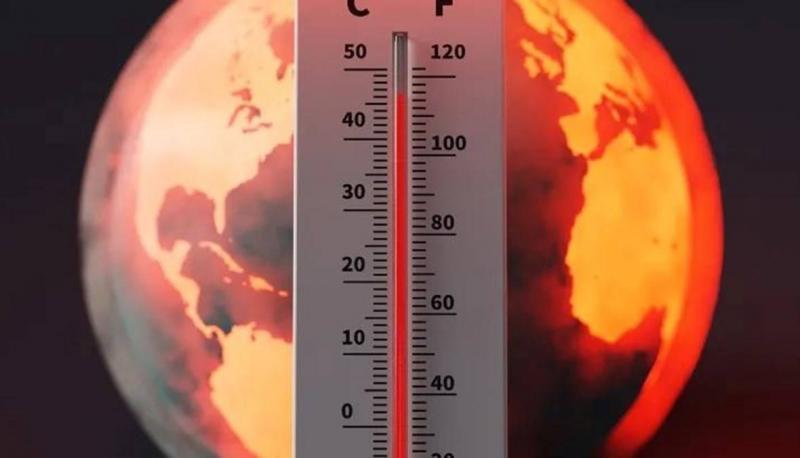The United Nations has predicted in a new report that the weather phenomenon "La Niña" will arrive later this year, bringing cooler temperatures after record heat levels fueled by the climate phenomenon "El Niño" in recent months. The World Meteorological Organization (WMO) indicated that the "El Niño" phenomenon for 2023/2024, which has contributed to rising global temperatures and extreme weather conditions around the world, shows signs of nearing its end. There is likely to be a return to La Niña conditions later this year, according to the latest bulletin specifically addressing these two natural weather phenomena, which have almost opposite effects.
There is a 60% chance the world will experience "La Niña" between July and September, increasing to 70% between August and November, according to the UN agency, which considers the "risk of El Niño returning during this period to be low." Earlier, from June to August, the organization estimates there is an equal chance (50%) that conditions will be neutral (neither "El Niño" nor "La Niña") or transitioning to "La Niña."
The term "La Niña" refers to widespread cooling of ocean surface temperatures in the central and eastern tropical Pacific. It is associated with changes in tropical atmospheric circulation, including winds, air pressure, and precipitation patterns. However, the precise impacts vary depending on the intensity and duration of the phenomenon, as well as the time of year it occurs and its interaction with other climatic phenomena, the UN organization confirms.
The effects also differ by region. In tropical areas, "La Niña" produces climate impacts opposite to those caused by "El Niño." However, these natural climatic events are now occurring within the context of climate change driven by human activity, which leads to rising global temperatures, worsens extreme weather and climate conditions, and affects seasonal rainfall and temperature patterns, according to the World Meteorological Organization.
Record heat levels have been registered every month since June 2023, making it the hottest year ever recorded. WMO Deputy Secretary-General Co Barrett stated, "The end of the El Niño phenomenon does not mean a temporary halt in long-term climate change, as our planet will continue to warm due to greenhouse gases that trap heat, and the exceptionally high sea surface temperatures will continue to play a significant role in the coming months."
Consequently, "La Niña" has already been included in the U.S. National Oceanic and Atmospheric Administration's (NOAA) hurricane season forecasts for 2024 in the North Atlantic, which begins in early June. The season is expected to be "exceptional," with the likelihood of four to seven hurricanes of category three or higher, according to NOAA.
The World Meteorological Organization also notes that the past nine years have been the hottest ever recorded, despite the cooling effects of the "La Niña" phenomenon that lasted from 2020 to early 2023. The "El Niño" phenomenon peaked in December 2023 and is one of the five strongest El Niños ever recorded. Barrett also emphasized that "our weather will remain more extreme due to the additional heat and humidity in our atmosphere." She pointed out that "this is why the initiative for early warning systems for all remains the top priority for the World Meteorological Organization."
The organization has made it a priority to ensure that all people worldwide are covered by early warning systems for weather hazards by the end of 2027, particularly in the most deprived areas, such as those in Africa.




